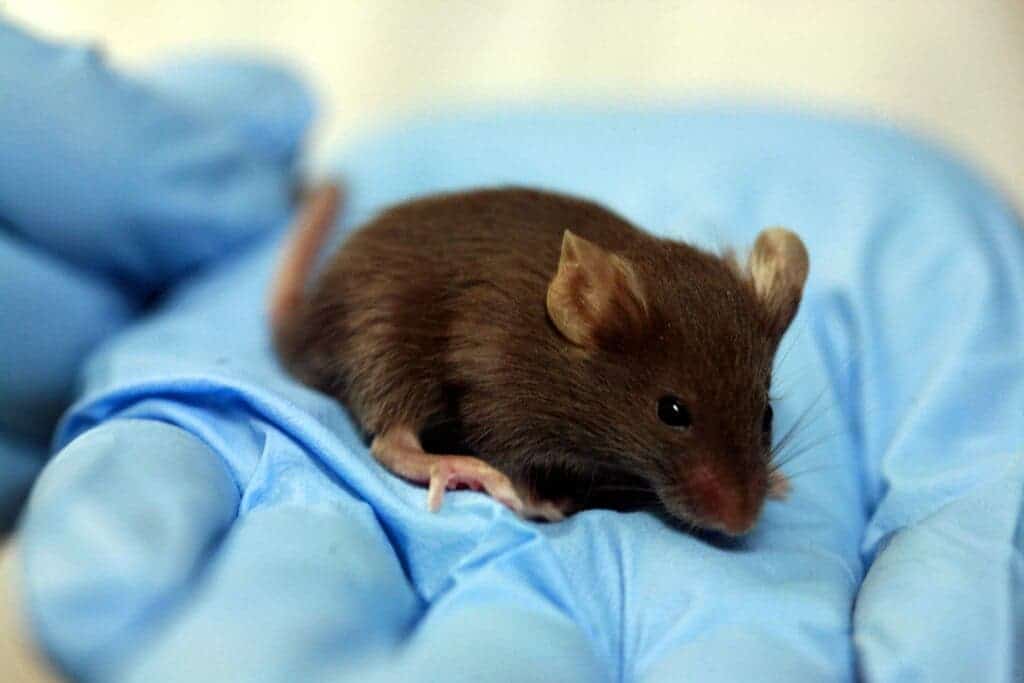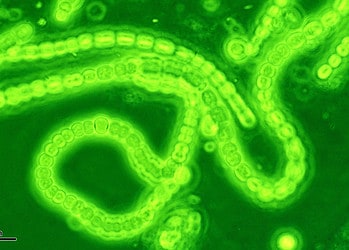A team of German researchers have achieved something once thought impossible: they’ve enabled mice paralyzed after spinal cord injuries to walk again. The designer protein (a cytokine) could be used to regenerate injured nerves in the spinal cord.

Neurons don’t naturally regenerate their axons (the long slender projections that conduct electrical impulses). So in the case of an injury that severs these axons, the damage was thought to be permanent. For decades, researchers have looked for a way to repair these connections, but haven’t had much success — until recently.
In 2013, neuroscientists in Germany published a study suggesting that a signaling protein (cytokine) could promote regeneration of optic nerve axons. But the study was carried out in lab cultures, not in real mice.
Breaking new ground
Now, the approach has been demonstrated in real mice. The team of researchers from Ruhr University Bochum administered the treatment to paralyzed rodents. After two to three weeks, the rats started walking.
The treatment is essentially an injection of genetic information that instructs the brain to produce the protein (called hyper-interleukin-6). This gene therapy is administered just one time, and the protein is then distributed via branching axons to even the distant, inaccessible parts of the central nervous system.
This is one of the main achievements of the work — that it not only stimulates the nerve cells it reaches to produce the protein, but that it is also carried farther (through the brain) to inaccessible parts. So with a relatively small injection, they can stimulate large parts of the brain, researchers say.
The team is now investigating if the treatment can be improved in any way, such as grafting to the spinal injury site. After these trials, and after a satisfactory form is reached, the treatment will then be trialed on larger mammals (such as pigs, dogs, or primates). If it is also successful, the treatment could then be trialed on humans, if it is proven safe.
The study “Transneuronal delivery of hyper-interleukin-6 enables functional recovery after severe spinal cord injury in mice” has been published in Nature Communications.






